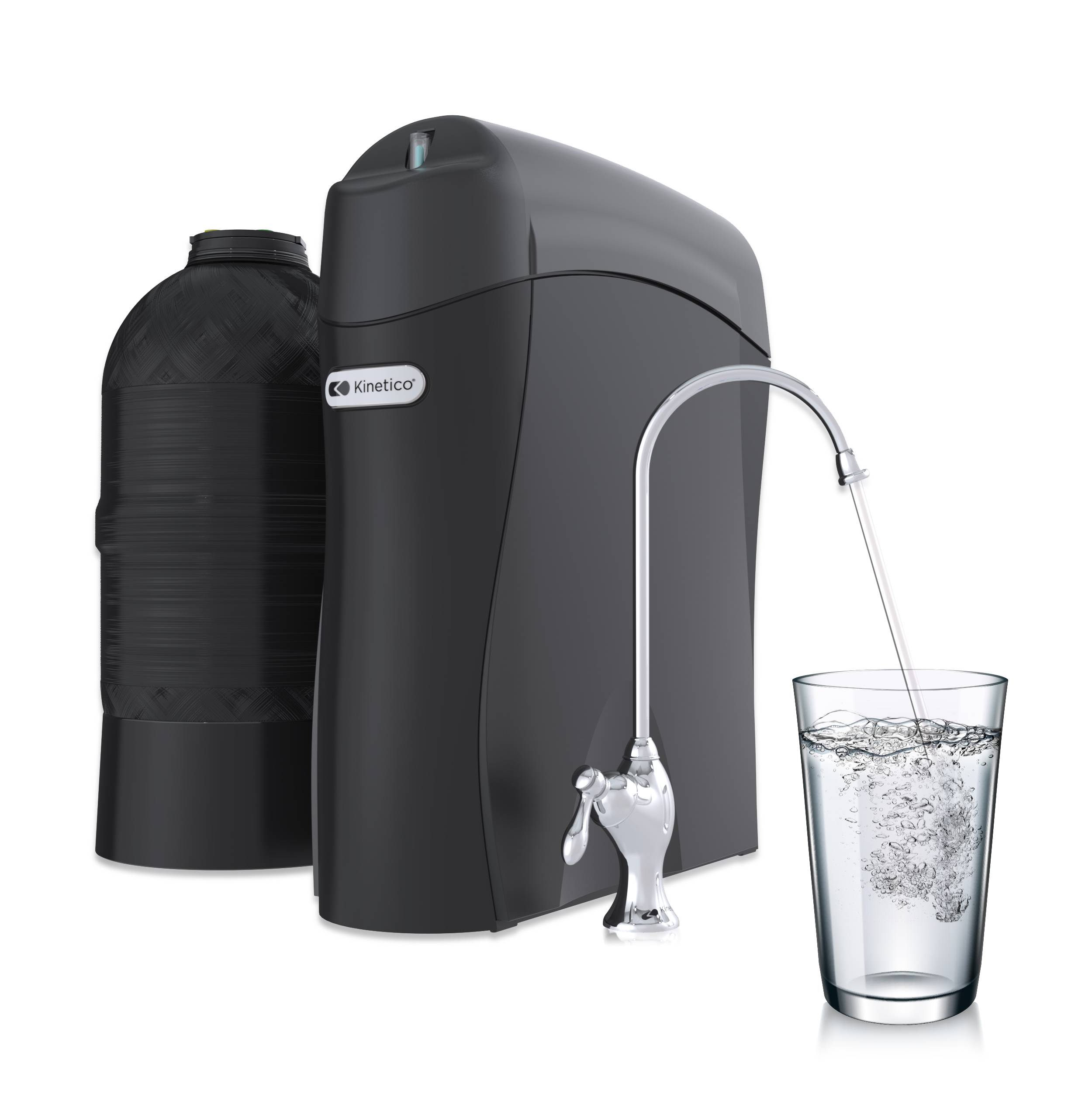In one of my previous blogs, I talked about currently owning a home in a semi-rural area after living in the suburbs for most of my life. I had always had city water and sewers and never gave a thought about where all the water (and other stuff) went after I used it. Since the county our house resides in requires a septic inspection after a property transfer, we found out exactly where it was going. Most of it was going into an old septic tank buried in the yard. From there it traveled through pipes in the ground, across an adjoining property we don’t own, and poured out next to the road. Understandably, this was not an ideal configuration, and after the inspection, we were notified that we were required to replace the entire system.
We were told we needed an aeration system. To those of you familiar with a septic system with a leach-bed, this is not one of those. I did not get the opportunity to ask why it was we needed an aeration system. But, when the inspector was out to the house, I explained to him that along with our desire to save the mature trees on our property, we were still carrying two mortgages because our previous house had not sold yet. At the time, money was tight for us. Plus, when looking over the soil type maps available on our county auditors website, our soil appears to be poorly suited for septic tank absorption fields. The volume of soil over the bedrock is not enough to filter the effluent adequately. Whatever the reason, a conventional septic system was apparently not an alternative.So now we have an aeration system which the installer explained to me is basically a “mini waste-water treatment plant.” Hmm, that sounds like a nice thing to have in the yard doesn’t it? I learned a lot about waste-water treatment during the investigation for a new system. The main difference between an aeration system and a leach-bed system is that like our previous system, an aeration system drains water out above ground instead of letting water leach into the ground beneath the surface. This system has a septic tank like a typical system, but there is a pump pushing air into the liquid in the tank 24 hours a day. The air speeds up the bacterial process that breaks down all of the “stuff” that is mixed with the water we get rid of. This is how the system can do the job without a leach bed. Following the aeration tank, we have a lift station that pushes the water from the aeration tank to sand filters, which are basically large concrete boxes filled with sand and gravel with a drain at the bottom. Following the sand filters is a chlorinator, then a holding tank to give the chlorine time to do its job, a dechlorinator to remove the chlorine from the water as it exits the holding tank, a sample well which is just a convenient place for someone to collect a sample of the water for testing, and finally, once again, the water runs out into the ditch next to the road. It all sounds pretty complex, but in reality, we pay to have it inspected annually (a county requirement), and other than having the company doing the inspections fix anything that might be amiss, all I need to do is occasionally have the solids pumped out of the tank (which any septic tank would require) and keep the chlorinator and dechlorinator filled. Both the chlorinator and dechlorinator are nothing more than pieces of vertical pipe with a plastic canister inside that holds the tablets and allows contact with the water flowing through the horizontal pipe run at the bottom. It is a little unnerving knowing that I’m personally responsible for systems that are so important and that I’ve always just taken for granted, but so far it hasn’t been too bad.
However, there are a few things we don’t like about the system. First off, it is ugly. The sand filters are extremely big, and could not be buried, so we have these huge concrete bunkers up near the road. Plus there are several concrete riser pipes sticking up over the tank, lifting station and holding tank with concrete covers on top of each, right in the middle of the side yard. There also is definitely an odor in the yard near the system. It is not an offensive odor, but not exactly pleasant either. Given the fact that there is a pump pushing air into the system, obviously there is an equal amount of air coming back out and that air has a smell to it. Then, to top it off, it appears that my electric bill went up about $30 per month after installing the system. After all, that pump is running 24 hours a day.
So, while it is not as convenient as having sewers where all the waste is just delivered somewhere else, for someone else to deal with, it does appear to do the job it is supposed to do. And hopefully things stay that way considering that just 100 feet away from the outlet pipe of this system is the well where we get all of our water from. I’m okay with reusing our water as long as nothing but water comes out of the tap.


